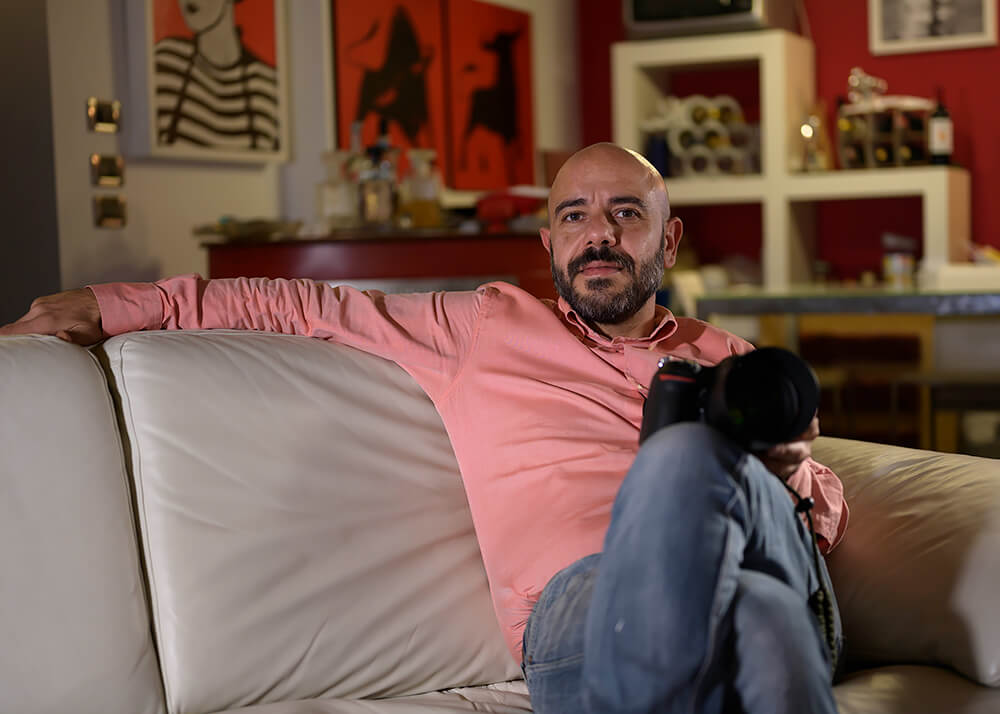My Love for Photography comes from an anthropological background that over the years has led me to observe every aspect of the cultural expressions that I happened to observe.
The leitmotif of each of my projects always has an identity basis, whether it is collective or individual expressions, through travel or personal experiences, conceptual representations or close portraits. I live my photographic experiences as a continuous revolution, as if it were a magnet that projects me towards a future, partly visible, but mostly to be discovered. The commitment in my projects is mainly to establish a relationship with a social context, through the technique of participating observation, trying each time to establish an honest balance between what my gaze is able to see and what the subject that photographer wants to convey.
T Life
T life is a very intimate project in which I wanted to know the daily life of some transgender people in Palermo (Sicily). The aim of my project is to emphasize the dignity and strength that the people I present here have every day facing all the difficulties that there are in their social contexts that have a binary structure of gender identity.
Gabriel is 22 years old and has just undergone a mastectomy, the very important support of his mother Caterina has made this path very serene and she herself declared that her son's body must be shown to the world to allow them to understand what it means to face a path of identity reassignment.
Rashmi is 19 years old and is a non-binary person, she recognizes herself as both a man and a woman. During my interview I got to know the different aspects of her personality, her way of seeing herself as a woman and a man, the most problematic aspects of her relationship with her family and her dreams.
Fed and Giorgia are 18 years old. Fed is a transgender person in a pre-hormonal phase, but his family does not allow him to complete the transition by putting a deep communication barrier between them. Giorgia is cisgender and bisexual but has not come out with her family because she is afraid in their violent reaction. They live a hidden love and are planning to go and live in France where they can study at university and feel freer.
